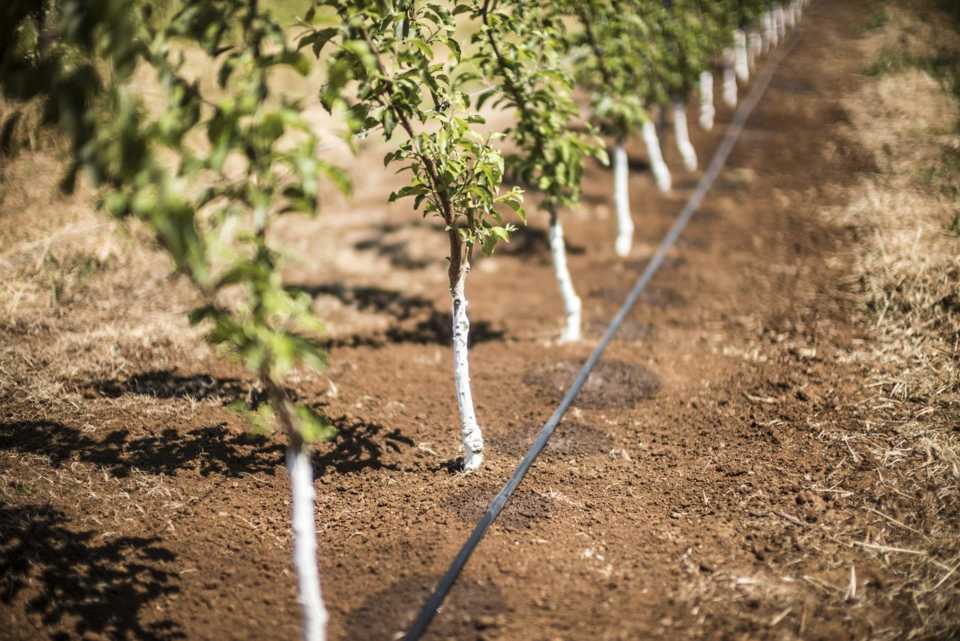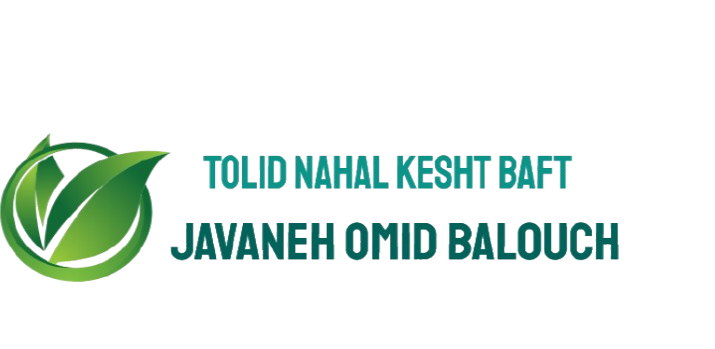
Water is one of the most critical resources in agriculture, and efficient water management plays a key role in increasing productivity and reducing agricultural risks, especially in arid and semi-arid regions. Drip irrigation is one of the most advanced irrigation methods, delivering water directly and precisely to plant roots, resulting in significant water savings and improved crop performance.
How Drip Irrigation Works
In this system, water is delivered directly to the root zone through small pipes and emitters. Unlike traditional flooding methods, water reaches only the area where it is needed, minimizing evaporation and waste. Modern drip irrigation systems can be integrated with sensors and smart technology to monitor and supply the exact water needs of plants in real time.
Benefits of Drip Irrigation and Water Optimization
-
Water Conservation: Direct delivery of water to roots minimizes losses and ensures optimal use of water resources, which is crucial in water-scarce areas.
-
Increased Crop Productivity: Consistent and controlled watering promotes better growth, flowering, and fruiting, leading to higher yields.
-
Reduced Drought Stress: Continuous and precise irrigation protects plants from drought stress, ensuring healthy growth even under limited water conditions.
-
Weed Control: Direct root watering keeps the soil surface dry, limiting weed growth and reducing the need for additional resources to manage them.
-
Fertigation Efficiency: Fertilizers can be applied simultaneously with water through drip irrigation, increasing nutrient absorption and minimizing waste.
-
Adaptability to Various Crops and Soils: Drip irrigation is suitable for fruit trees, vegetables, and ornamental plants and can be applied even on sloped lands or poor soils.
-
Prevention of Surface Moisture Diseases: By reducing water contact with leaves, many fungal and bacterial diseases are prevented.
Water Use Optimization Strategies in Drip Irrigation
-
Installing soil moisture sensors to supply precise water amounts
-
Adjusting irrigation schedules based on plant type and growth stage
-
Using automated smart systems to manage water pressure and flow
-
Combining drip irrigation with mulching to reduce evaporation
Conclusion
Drip irrigation and water optimization are effective and sustainable solutions for modern agriculture. This method produces healthier, more resilient, and higher-quality plants while efficiently managing water resources. Combining drip irrigation with fertilization and smart management can significantly increase productivity, reduce costs, and protect the environment.
Javaneh Omid Balouch Company provides training and consultancy in drip irrigation and water management to help farmers achieve sustainable and optimized crop production.
